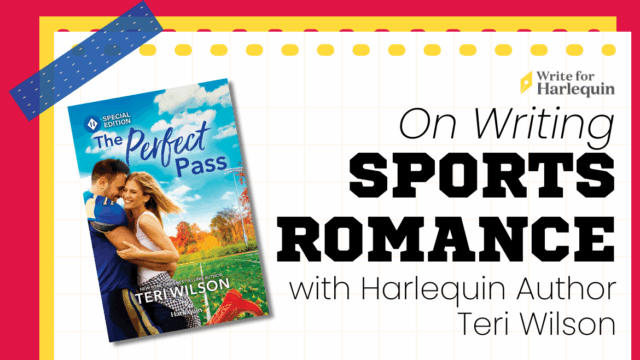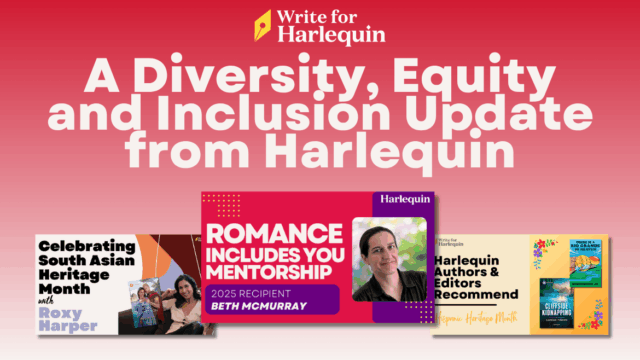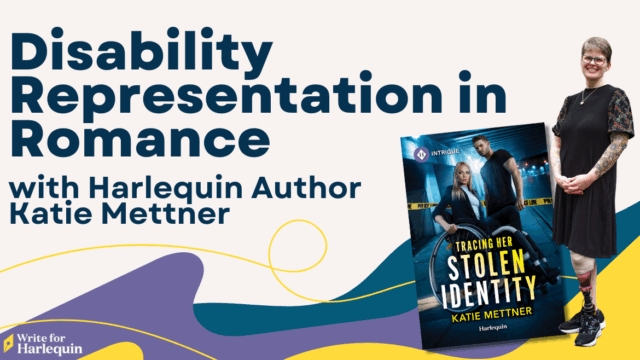
By Susan Litman, Special Edition Editor
Every writer’s least favorite part of prepping a submission is the synopsis. Should it be long? How long? How short? How much detail? Does it matter if the heroine’s car is red or blue? (Truth is, it might – more on that in a minute!) Do I need to explain the backstories in detail? (Well…maybe.)
There is a bit of an art to writing a cohesive synopsis, but there is no such thing as a “perfect” synopsis – and there is no such thing as an editor looking for perfection in a synopsis! We’re looking for an outline, first of all, and in a long(er) synopsis, we’re looking for some more insight and depth into the story – but save the real meat and potatoes for your manuscript. Once a synopsis goes beyond 10-12 pages, you’re writing a book.
Look at it this way: If your short (say, 3-5 page) synopsis is a snapshot of your story, then the longer synopsis (7-12 pages, roughly) is more of a portrait. A snapshot by definition is a quick image, a flirty, fast photo that captures a moment in time. A portrait is more deliberate, more finely detailed – you can better see the brushstrokes used to compose the characters, their conflicts, and their situations.
As an editor, I can sympathize because I used to write synopses back in the days when I wrote book coverage for movie studios. Back then I had to cram 400+ manuscript pages of story into one or two pages of synopsis – yikes! (And yes, this is where car color mattered, but ONLY if the hero and villain both drove red cars. Otherwise, when in doubt, leave it out – and the same applies to you!) If a detail does not have importance to my overall window into your story, then it does not need to be in the synopsis. If you put in pages and pages of detail about the characters, sure, it might be interesting…but you’re also going to bore the editor, because this should be an outline, a document that gives me the bones of your setup. Your book is where you flesh everything out. Again, your synopsis is only a portrait – a road map – of the book, but it is not the book itself. It’s the bait you’re going to use to lure me to your story.
Editor, Special Edition
Did you miss Susan’s post on the ingredients for a fresh story? Read it here!




